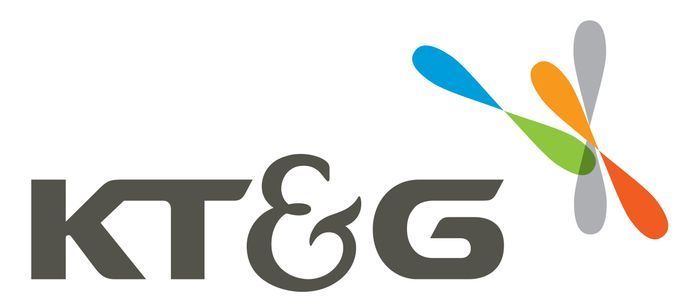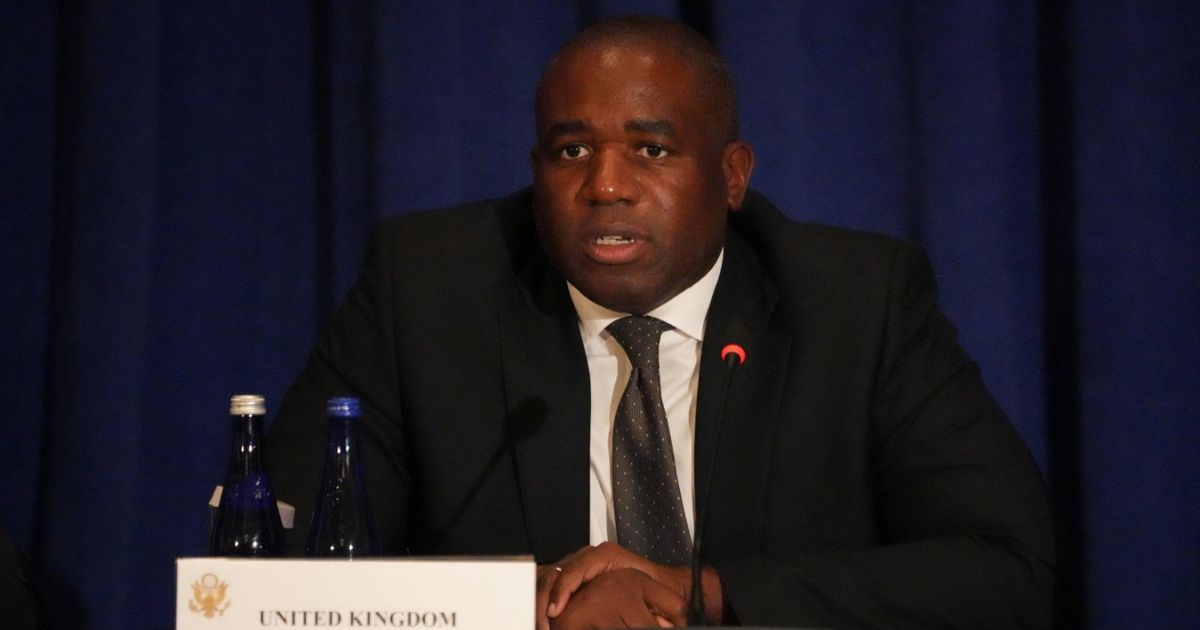Greenbelt to provide 50,000 housing units
To prevent urban expansion and preserve the environment… Introduced in 1971 under the direction of Park Chung-hee
Is limited development possible if permission is given? New housing construction, factory-sales facilities are not permitted.
Estimated purchase after designation of majority of owners
On the 5th, the government announced that it would supply 50,000 new homes by releasing restricted development zones (greenbelts) in four regions of the metropolitan area. The candidate sites are Seoul Seoripul, Goyangdaegok, Uiwang Ohmwanggok, and Uijeongbu Yonghyeon. For the first time in 12 years, the size of the Seoripul district, which was selected as a greenbelt area in Seoul, was set at 20,000. Of the 20,000 units, 55% (11,000 units) will be supplied as long-term rental housing for newlyweds.
In this way, green belts have recently been used as a means of implementing government policies. This week in Real Estate Red Pen, we learn about green belts.
Q. What is a green belt?
“The green belt was introduced with the purpose of preventing urban sprawl and preserving the natural environment around the city. Once designated, permission must be obtained from the head of the local government not only to build a building but also to develop the land. It includes all activities such as compacting (grading) the land, cutting (cutting), and piling up the soil to build a building.
Greenbelt was introduced through the revision of the Urban Planning Act in January 1971 under the direction of former President Park Chung-hee. This is because there have been concerns about environmental pollution due to rapid urbanization since the 1960s. Additionally, in the face of confrontation between North and South Korea at the time, Seoul’s expansion was considered a security threat. By introducing green belts, we also aimed to prevent adjacent cities from connecting to urban areas.
Greenbelt was designated a total of eight times, starting in Seoul in July 1971 and ending in April 1977. A total area of 5391 km² has been designated in 14 urban areas, which is approximately 5.4% of the national land area. Of these, the metropolitan area is 1566.8km² and Seoul is 166.8km².”
Q. I am planning to build a supermarket within the greenbelt. Is it possible?
“Land can be developed with permission as long as it does not conflict with the designated purpose. This includes neighborhood living facilities such as supermarkets and restaurants. You can also build recreational facilities such as basketball courts, camping grounds, and forest bathing areas. Resident support projects such as daycare centers, kindergartens, senior centers, and senior welfare centers are also available.
If residential buildings have already been built at the time of green belt designation, extensions and renovations are permitted. However, new construction is prohibited. Only under special circumstances, such as when a house is demolished for public projects such as road construction or park construction, or when relocation to a flood-damaged area is unavoidable, can a house be moved and built in another nearby greenbelt. This is also called ‘relocation rights’.
Installation of vehicle-related facilities is also possible. Hydrogen charging stations were permitted in October 2014, and electric vehicle charging facilities were permitted in February 2018. Currently, hydrogen and electric vehicle charging stations can be built in taxi, charter bus, and truck garages.
However, factories and sales facilities cannot be built. Privately owned facilities are also not permitted due to concerns about indiscriminate location and change of use.”
Q. Why are there so many greenhouses in the greenbelt?
“Because it can be done without permission or reporting. This includes plowing a field for farming, changing the soil, and adding new soil.”
Q. If the green belt is lifted, will an apartment complex be built?
“Not necessarily. The green belt has been adjusted since 1999, and 1,608.6 km², or about 29.8% of the initially designated area, has been released by the end of 2023. Among these, the release for the construction of the Kori Nuclear Power Plant (120.6km²) and Sihwa-Changwon National Industrial Complex (11.597km²) is also included. Goyang City, Gyeonggi Province, released a 6,110m² greenbelt in 2019 to build a drone anchor center.
Of course, greenbelt release is the main means of providing public housing. The Lee Myung-bak government lifted green belts in Gangnam Segok (874,493m²) and Seocho-myeon (322,998m²) in 2009 to supply nest housing. The Park Geun-hye administration lifted the green belt for New Stay (currently public-supported private rental), and the Moon Jae-in administration lifted the green belt for the supply of the 3rd new city.”
Q. What is the composition of land owners in the greenbelt?
“According to the Korea Research Institute for Human Settlements, as of May 2023, individuals owned 1813.51km² (approximately 48.8%) of the total greenbelt land of 3719.41km². This was followed by national and local governments (30.5%), others (10.8%), and corporations (6.1%).
In some cases, land shares are divided through inheritance, gift, sale, etc. There are 156,496 lots with two or more owners, or 12.5% of the total.
There are cases where greenbelts are abused as planned real estate. Land that has a low chance of being developed is split up and sold at a high price. One forest land in Seongnam, Gyeonggi Province, is owned by 4,859 people. “After purchasing the land for 15.36 billion won, 33 special real estate companies split the shares and sold it to 4,859 people for a total of 96.17 billion won.”
Q. Do you often buy and sell greenbelts?
“There are approximately 88,000 parcels of privately owned land whose ownership has not changed from the time of designation to the present. That’s only about 7% of the district’s total. There may be cases where the property changed hands due to inheritance, gift, etc., but even excluding this, it is interpreted that the majority were purchased after green belt designation.
What about changes in residents? “At the time of greenbelt designation, the number of residents was estimated at approximately 950,000, but as of 2022, this number has decreased to approximately 94,000.”
![After green belt designation, 93% changed owners.[부동산 빨간펜]|Dong-A Ilbo After green belt designation, 93% changed owners.[부동산 빨간펜]|Dong-A Ilbo](https://dimg.donga.com/wps/NEWS/IMAGE/2024/11/07/130386717.1.jpg)

